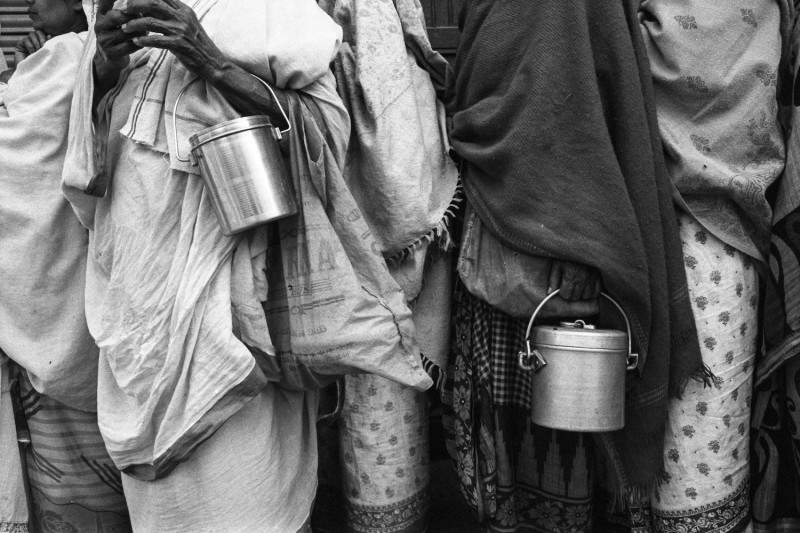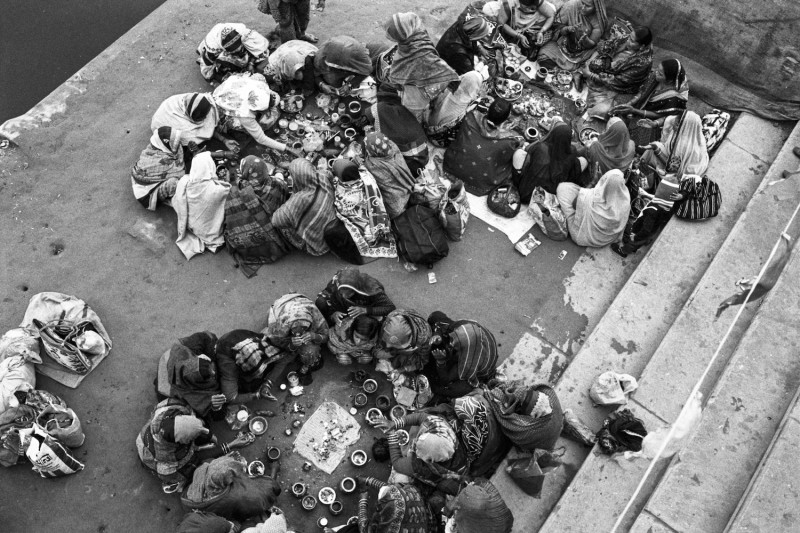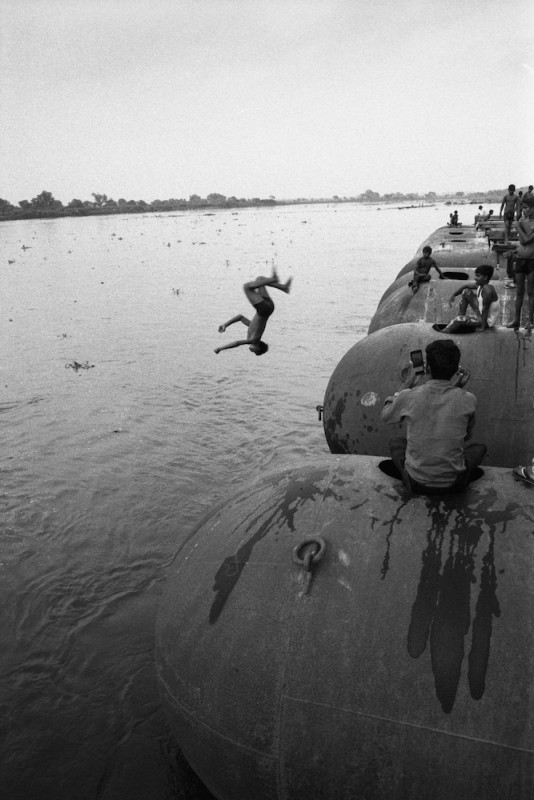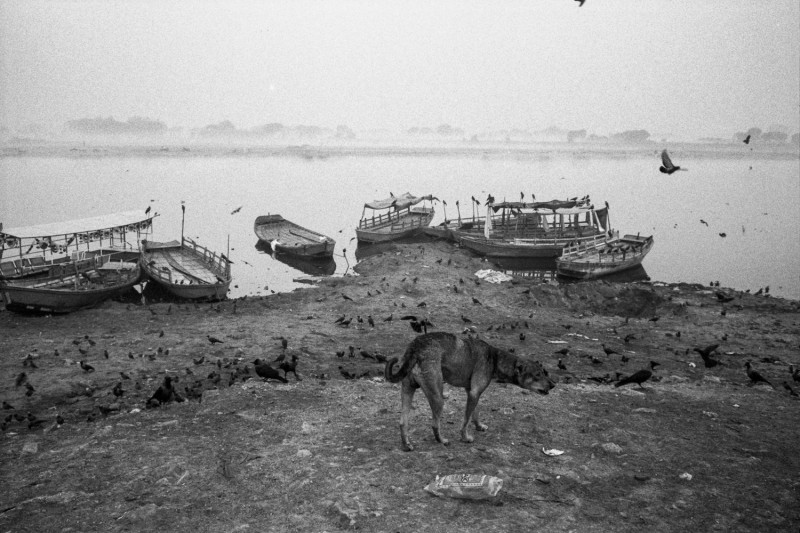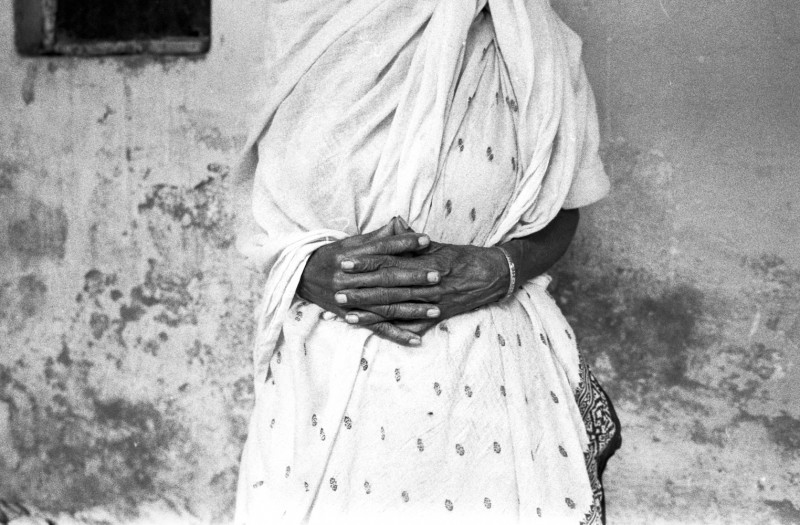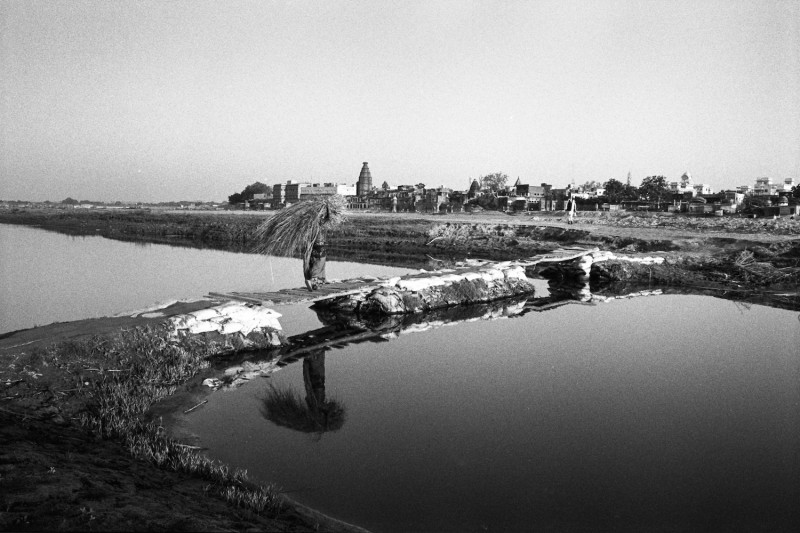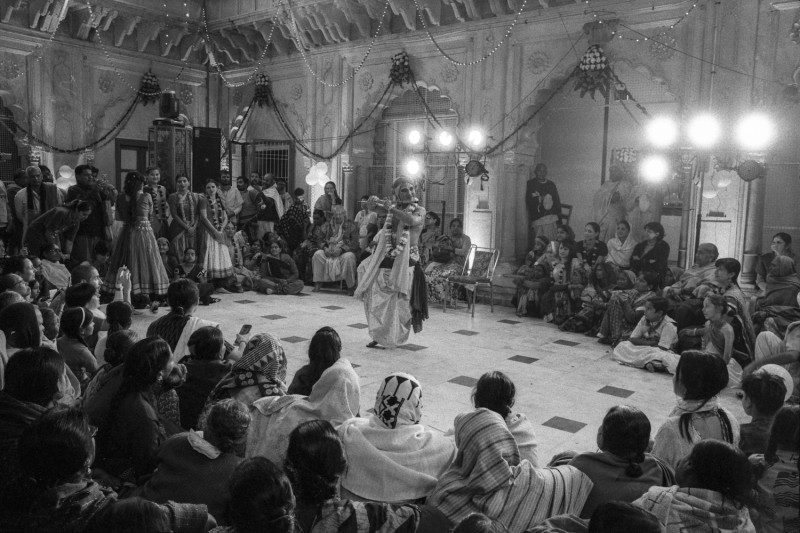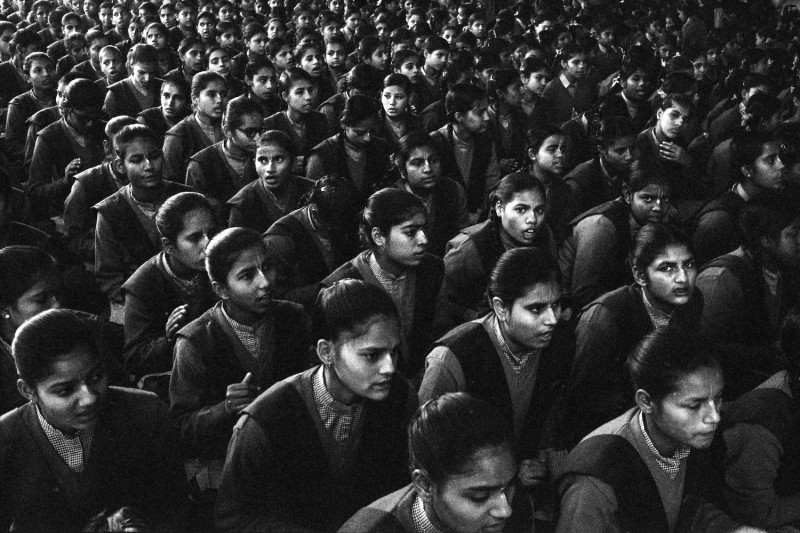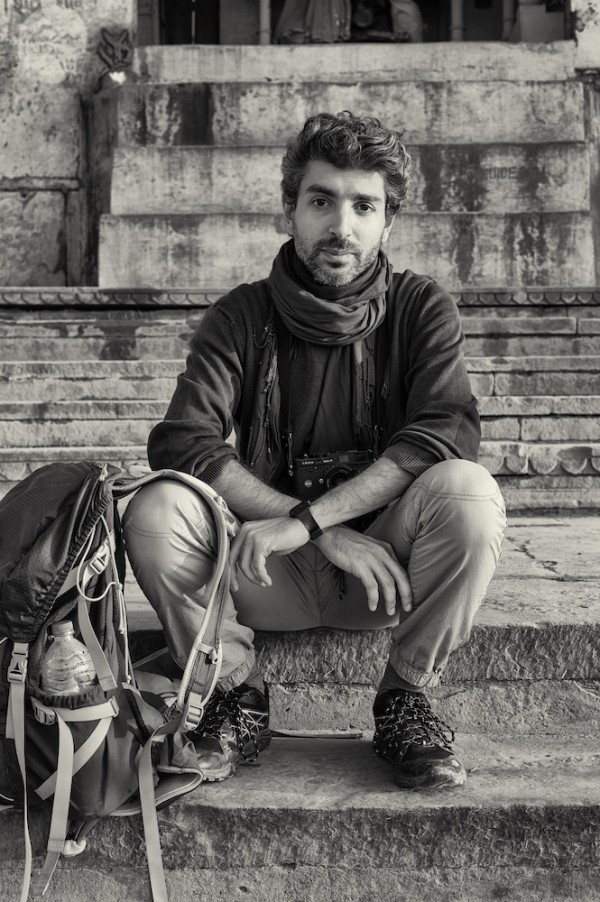Vrindavan, portrait of a city
Vrindavan, portrait of a city
Dario Scovacricchi
September 3, 2021

LFI: Your story is set in Vrindavan – why is this city so special to you?
Dario Scovacricchi: I guess it’s the fact that Vrindavan is such an important place for a billion people. Being one of the holiest cities of all India (according to Hindu traditions it is the place where Krishna spent his childhood), it attracts pilgrims from all over the country, and from every social status.
You say that you wanted to portray the city not just as the "city of widows", the epithet it is known for. What else did you discover?
I first learnt about Vrindavan when reading William Dalrymple’s book The Age of Kali, in which the author focuses on the widows who decide to move there after their husbands’ passing. It was a mystery to me how a woman could make such a decision, just as the society and the culture that produced such an environment is a mystery. After being there I realised that religion influences the whole city in a million different ways: it is part of its identity. Conveying the sense of some of those aspects and their mutual connections was the main goal of this project.
What was your photographic approach?
I consider it to be a mix of street photography and reportage, performed in a language taken from classic photojournalism. I use the approach of street photographers when scouting for new places, where I tend to walk and move constantly. When I finally find something interesting, I keep coming back for days or even weeks, until I feel I have got the photo in my mind. I think that the images that influence my language the most, are ones from the photojournalism of the nineties.
You work a lot with details – sometimes a picture is made up of hands or objects…
When I first got to Vrindavan, I was mostly attracted by choral scenes and layers of information; but I quickly realised that details can make excellent additions to the story, giving the viewers a bridge to relate the photo and the subjects to their personal life.
India in particular is known for being a frenzy of different colours. You, however, have chosen to photograph in black and white. Why?
I tend to focus on actions and patterns; hence, colours can be a little distracting, especially in a place as colourful as India. I also think that black and white photography is more forgiving than colour, as it allows you to shoot in almost any light conditions, and still get good results (unlike colour photography, which I find is very dependent on light quality).
What camera did you use and how was your experience with it?
For this project, I used two Leica M bodies (the M6 and M4p) which feel light in your hand but, at the same time, solid as a brick. They are small and unobtrusive. The lenses are usually short, so you can easily look like a casual photographer. When I travel abroad I expect to attract everybody’s attention, especially in enclosed spaces. Hence, a silent camera like a Leica M feels essential, if I want to be as invisible as possible. Having no moving mirror inside also gave me the chance to shoot handheld at a lower shutter speed, which is great when you use film and have fixed ISO.
Dario Scovacricchi+-
...is an enthusiastic analogue photographer based in Florence, Italy. His main interests cover cultures, religions and social issues. Being fascinated with ancient traditions and their echo into the present day, his projects and stories are focused on India, where he has travelled many times over the last few years. More

